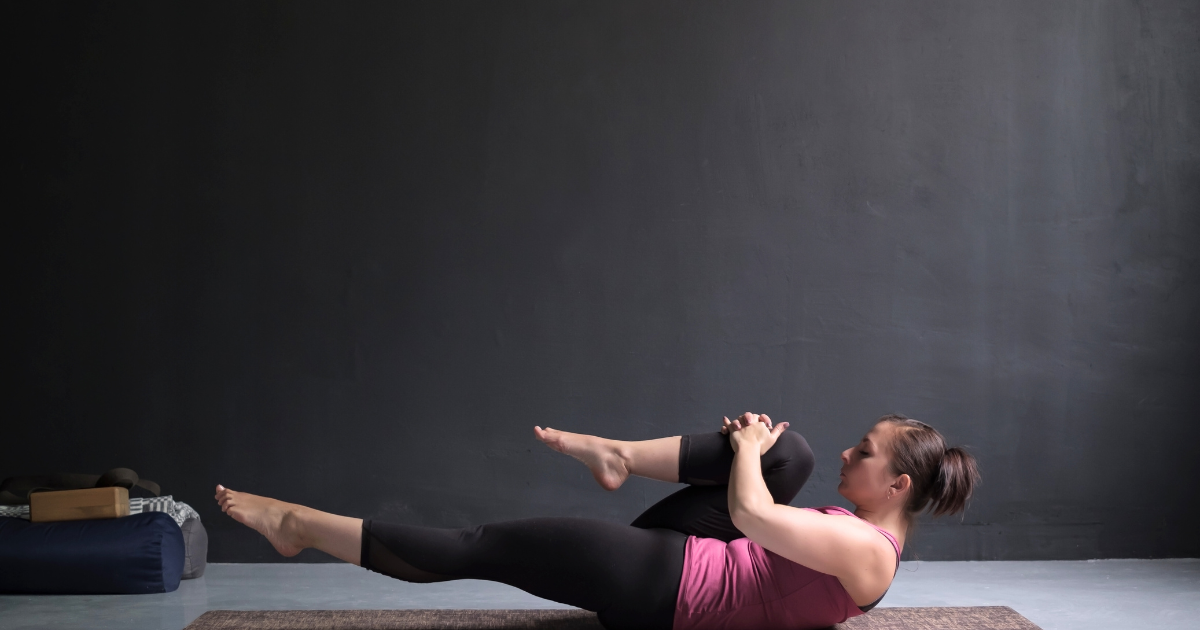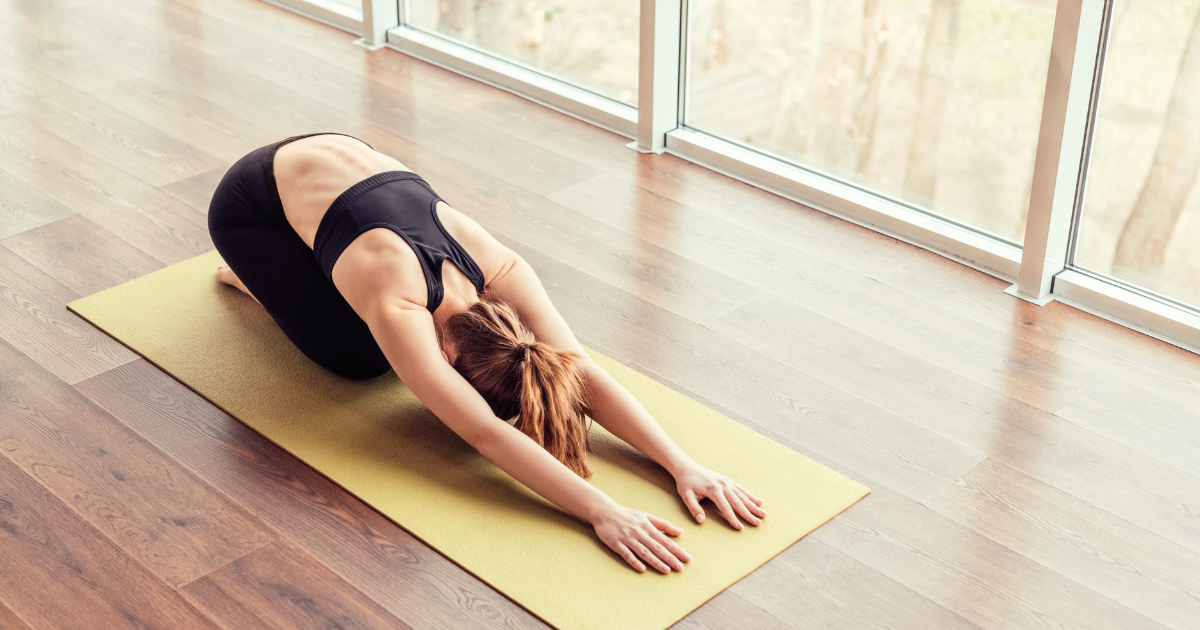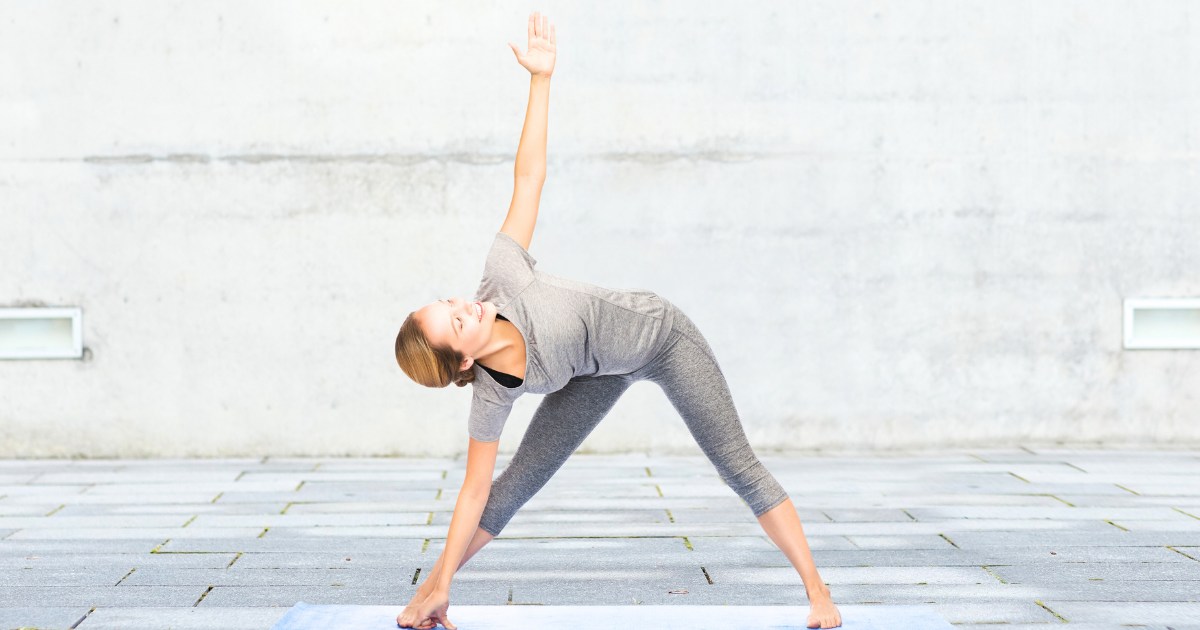Bloating can be an uncomfortable and distressing condition that affects many individuals. It occurs when the abdomen feels swollen or distended due to excess gas production or disturbances in the digestive system. While various factors contribute to bloating, including diet, stress, and underlying health conditions, incorporating yoga stretches into your routine can provide much-needed relief. In this article, we will explore a comprehensive guide to yoga stretches specifically designed to alleviate bloating symptoms and enhance digestion for optimum comfort.
Understanding Bloating and Digestive Health
The digestive system is a complex network of organs and processes responsible for breaking down food, absorbing nutrients, and eliminating waste from the body. When this system experiences disruptions, it can lead to uncomfortable symptoms like bloating. Bloating is characterized by a feeling of fullness, tightness, or swelling in the abdomen. It often occurs due to excess gas production, fluid retention, or disturbances in the digestive process.
Common Causes of Bloating
Excessive gas production:
When we eat or drink, we introduce air into our digestive system. This air can get trapped in the stomach or intestines, leading to bloating. Certain foods, such as beans, cabbage, onions, and carbonated drinks, can increase gas production in the gut.
Poor digestion:
Inadequate digestion of food can also contribute to bloating. Insufficient production of digestive enzymes or bile, which are responsible for breaking down fats and carbohydrates, can lead to undigested food fermenting in the gut and producing excess gas.
Food intolerances:
Some individuals may experience bloating as a result of food intolerances or sensitivities. Common culprits include lactose (found in dairy products), gluten (found in wheat, barley, and rye), and fructose (found in fruits and sweeteners).
Slow transit time:
If the movement of food through the digestive tract is slow, it can cause bloating. This can happen due to a sedentary lifestyle, lack of fiber in the diet, or certain medications.
Digestive disorders:
Conditions such as irritable bowel syndrome (IBS), inflammatory bowel disease (IBD), and gastrointestinal infections can disrupt normal digestion and contribute to bloating.
The impact of bloating on our general well-being cannot be underestimated. Beyond physical discomfort, bloating can affect our quality of life, self-esteem, and productivity. Persistent or severe bloating may also be a sign of an underlying health condition that requires medical attention. Fortunately, adopting a mindful approach to diet and incorporating yoga stretches focused on digestion can significantly alleviate bloating symptoms and promote overall digestive health.
Now let’s delve into specific yoga stretches and postures known for their ability to relieve bloating and enhance digestion. It will include detailed instructions on how to perform each stretch, the targeted muscles or organs, and the benefits they offer.
Pawanmuktasana (Wind-Relieving Pose)

Instructions:
- Lie down on your back with legs straight and arms by your side.
- Inhale deeply and as you exhale, bend your right knee and bring it up towards your chest.
- Wrap your hands around the right knee and gently pull it closer to your chest.
- Hold the position for 20-30 seconds while maintaining steady breathing.
- Release the right leg and repeat the same steps with the left knee.
- Perform 3-5 repetitions on each leg.
Benefits
- Helps stimulate the digestive organs, including the intestines, stomach, and bowels.
- Aids in releasing trapped gas and relieving bloating.
- Improves digestion by massaging the abdominal area and encouraging peristalsis.
Apanasana (Knees-to-Chest Pose)

Instructions:
- Begin by lying on your back with your legs extended.
- Take a deep breath in and as you exhale, bring both knees towards your chest.
- Wrap your arms around your knees and interlace your fingers.
- Gently pull your knees closer to your chest, feeling a gentle stretch in the lower back.
- Hold for 30-60 seconds, breathing deeply and relaxing into the pose.
- Release the pose by letting your legs extend back to the floor.
Benefits:
- Increases blood flow to the digestive organs, promoting better digestion.
- Relieves gas and bloating by gently compressing the abdomen and aiding in the elimination of waste products.
- Massages the intestines, helping to regulate bowel movements and alleviate constipation.
Balasana (Child’s Pose)

Instructions:
- Start by kneeling on the floor, with your knees hip-width apart and toes touching.
- Lower your buttocks towards your heels, allowing your torso to fold forward and rest on your thighs.
- Extend your arms forward and place your forehead on the mat or prop a block under your forehead for support.
- Relax your shoulders and focus on deep breathing, allowing your body to melt into the pose.
- Hold the position for 1-3 minutes, gradually deepening your breath.
Benefits:
- Calms the nervous system, reducing stress and anxiety that can contribute to bloating.
- Relaxes the abdominal muscles, promoting better digestion and reducing tension in the gut.
- Encourages deep breathing, aiding in the relaxation of the diaphragm and improving overall digestion.
Dhanurasana (Bow Pose)

Instructions:
- Lie on your stomach with your arms resting alongside your body and feet hip-width apart.
- Bend your knees and reach your arms back to grab hold of your ankles.
- Inhale deeply and as you exhale, lift your chest and legs off the ground, using the strength of your thighs and arms.
- Hold the pose for 20-30 seconds, breathing steadily and finding a comfortable stretch.
- Gently release the pose by lowering your chest and legs back down to the ground.
Benefits:
- Stretches and massages the entire digestive system, including the stomach, intestines, and liver.
- Stimulates digestive juices and enzymes, enhancing the breakdown and absorption of nutrients.
- Tones the abdominal muscles, promoting healthy digestion and preventing bloating.
Trikonasana (Triangle Pose)

Instructions:
- Start by standing with your feet about 3-4 feet apart, with your right foot pointing forward and left foot turned slightly inward.
- Extend your arms out to the sides parallel to the floor.
- Inhale deeply, and as you exhale, reach your right hand towards your right foot, keeping your left arm extended upwards.
- Rotate your torso to the left, maintaining a straight line from your left hand to your left foot.
- Hold the pose for 30-60 seconds, breathing steadily, and then repeat on the other side.
Benefits:
- Stretches the abdominal area, improving circulation and stimulating digestion.
- Massages the peritoneum, promoting healthy functioning of the digestive organs.
- Strengthens the abdominal muscles, providing support for proper digestion and reducing bloating.
Some Additional Tips
Mindful Eating: Pay attention to your eating habits and practice mindful eating. Chew food thoroughly and eat slowly, allowing your body to properly digest the food.
Avoid Trigger Foods: Identify foods that tend to cause bloating and gas for you personally. Common culprits include carbonated drinks, beans, cruciferous vegetables (such as broccoli and cauliflower), fatty and fried foods, and artificial sweeteners. Limit or avoid these foods to prevent bloating.
Stay Hydrated: Drink plenty of water throughout the day to maintain hydration and support healthy digestion. Water helps move food through the digestive system and prevents constipation, which can contribute to bloating.
Fiber Intake: Gradually increase your fiber intake from whole foods like fruits, vegetables, and whole grains. Fiber aids digestion, promotes regular bowel movements, and reduces bloating. However, if you have a sensitive digestive system, it’s important to increase fiber intake gradually to avoid potential discomfort.
Probiotics: Consider incorporating probiotic-rich foods or taking a probiotic supplement. Probiotics are beneficial bacteria that help support a healthy gut microbiome, improving digestion and reducing bloating. Yogurt, kefir, sauerkraut, and kimchi are examples of probiotic-rich foods.
Reduce Stress: Chronic stress can impact digestion and contribute to bloating. Engage in stress-reducing practices such as meditation, deep breathing exercises, and regular physical activity to promote a relaxed state and healthy digestion.
Regular Physical Activity: Engage in regular exercise or physical activity to stimulate digestion and promote bowel movements. Physical activity helps reduce bloating by encouraging gas to move through the digestive system.
Avoid Overeating: Practice portion control and avoid overeating. Eating smaller, more frequent meals can help prevent bloating caused by excessive food intake.
Herbal Remedies: Certain herbal teas, such as peppermint or ginger tea, can help relieve bloating and soothe the digestive system. Consult with a healthcare professional or herbalist to determine the most suitable herbs and dosages for your specific needs.
Takeaway
Bloating can significantly impact our daily lives, but integrating yoga stretches and breathing exercises can promote improved digestion and alleviate discomfort. By incorporating these yoga practices into your routine, you can enhance your overall well-being and achieve a healthier, happier life.
However, it is important to note that if bloating persists or is accompanied by severe pain, changes in bowel habits, or other concerning symptoms, it is advisable to consult with a healthcare professional for further evaluation and guidance.


